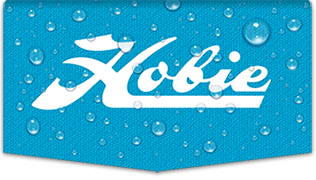shaggrugg wrote:
Alaskan here... I've never been too concerned about any of the plastic parts becoming too brittle.
The kayak has been on and off of my vehicle every year until at least December. The only problem I have had is showing up to the launch too early when everything is still frozen solid and the rudder lines are frozen. I'm assuming they were frozen in the tubes ('07 Outback). I'd just paddle for the first hour or so and never use too much force until the rudder control moved with little effort. It has always thawed out for me. If there is no sun and its less than 15 to 20 degrees all day I'm not on the water so this may not apply to you if you're still searching for fish when its any colder.
The lines are frozen only on the second or third day of a fishing trip when the kayak goes on the car kinda wet. If you allowed it to dry at home and showed up on a cold morning I wouldnt worry too much about any of the plastic on the kayak itself.... the only thing I've snapped is the cheaper plastic buckles that adjust the seats.
Thanks Shaggrugg and my apologies for not replying sooner. Well it's almost November and I am still using my kayak. While air temps during fishing has been in the upper 30's to mid 40's, that's not going to be the case here really soon.
I have full intentions of making whatever modifications are required to be able to fish my Hobie outback in the dead of winter here in southcentral Alaska. As you pointed out, anything in the water is might be okay...after awhile. But I can foresee winter trips being shorter and waiting an hour to unthaw while on the water is a MUCH higher percentage of daylight hours and that's not acceptable to me if a solution can be found.
I am willing to add an internal heating source whether it is for transport or on water. Of course the trick is to have a source of heat, hot enough to be effective but cold enough that it doesn't melt through the plastic in the worst of cases.
I was hoping someone from Hobie could tell me the different characteristics of the plastic used. I wonder if they wouldn't ship me a decent size piece of the plastic so I could just leave outside or throw it into a freezer so I could see for myself. Maybe its some kind of plastic that handles well in the cold. I have plastic components on my ice fishing gear or snowmachines that have no issues. Of course I have taklen other gear out which is VERY sensitive and becomes extremely brittle as soon as it gets slightly cold.
A catastrophic hull failure, let alone a rudder failure, while on water, in Alaska during winter is just that...catastrophic!!!
Anyone have any ideas or a contact within Hobie that can answer my questions?
I caught three kings out of Homer, AK last weekend but the weather was perfect. If I wait for weather like that, I'd be waiting till summer.
Thanks in advance for any info!!!!!!!





